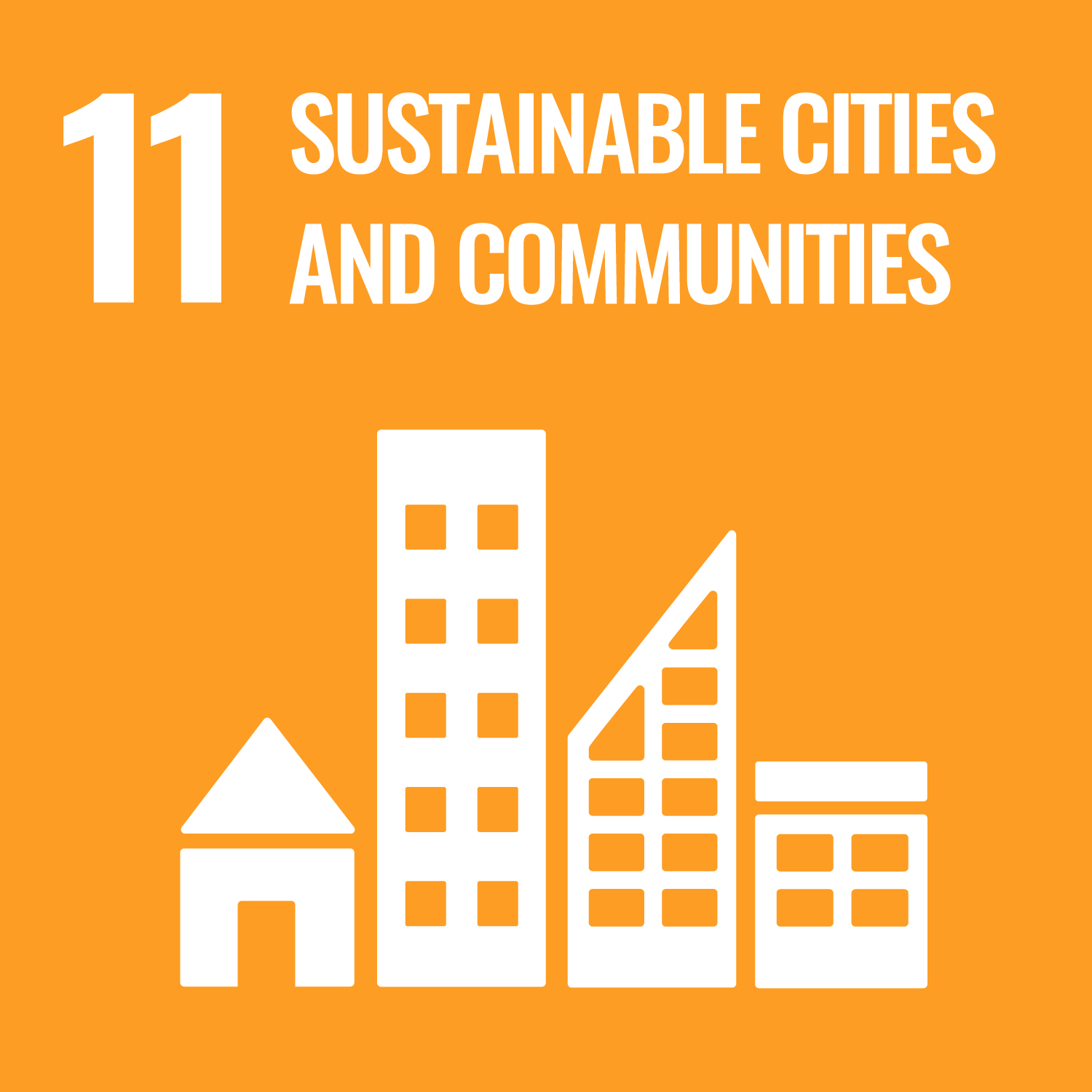The purpose of this course is to help students master microeconomic and macroeconomic theories. For microeconomics, the theory
of households and firms behaviors, and welfare analysis are introduced. For macroeconomics, This course introduces the Keynesian
economics and new-classical economics that are elementary for economics, and the macro-dynamic theory for advanced students.
Students are expected to acquire microeconomic and macroeconomic theories and analyze Japan's economy by using them.
- Obtain microeconomic theories.
- Obtain macroeconomic theories.
- Understand and analyze Japan's economy.
- Understand market efficiency and failure, and examine how they have an impact on the real economy.
| Class schedule | HW assignments (Including preparation and review of the class.) | Amount of Time Required | |
|---|---|---|---|
| 1. | Introduction: What is microeconomics? | Check the syllabus. | 90minutes |
| 2. | Microeconomic Reasoning and Market Mechanism | Examine an opportunity cost. | 60minutes |
| Think about examples of fallacy of composition | 90minutes | ||
| 3. | Demand and Consumer Behavior (1): Elasticity, indifference curve, and utility maximization | Review the elasticity. | 60minutes |
| Review partial derivative and total derivative. | 120minutes | ||
| 4. | Demand and Consumer Behavior (2): Derivation of the demand function and method of lagrange multiplier | Examine the Engel's law. | 60minutes |
| Review the exercises. | 90minutes | ||
| 5. | Production and Firm Behavior (1): Cost function | Review the relation between supply curve and marginal cost curve. | 120minutes |
| Review the exercises. | 120minutes | ||
| 6. | Efficiency of Market Equilibrium: Welfare analysis | Examine the cases where a welfare analysis is applied. | 120minutes |
| Review the lectures so far. | 300minutes | ||
| 7. | Mid-term Examination and its Explanation | Review the mistaken questions. | 150minutes |
| 8. | Introduction: What is macroeconomics? | Examine the Gross National Happiness. | 60minutes |
| Think about what degrees of happiness are. | 120minutes | ||
| 9. | Keynesian Economics (1): Principle of effective demand and multiplier theory | Review the technical terms, the marginal propensity to consume, the marginal propensity to save, and so on. | 60minutes |
| Review the exercises. | 90minutes | ||
| 10. | Keynesian Economics (2): Liquidity preference theory and money multiplier | Examine functions of money. | 90minutes |
| Review the exercises. | 90minutes | ||
| 11. | IS-LM Analysis (1): Model building | Review the exercises. | 120minutes |
| 12. | IS-LM Analysis (2): Fiscal and monetary policy | Consider effects of "Abenomics" on the basis of IS-LM analysis. | 120minutes |
| 13. | International Macroeconomics: Mundell-fleming model | Review the exercises. | 90minutes |
| Review the lectures 8-13. | 300minutes | ||
| 14. | Final Examination and its explanation | Review the mistaken questions. | 150minutes |
| Total. | - | - | 2670minutes |
| Quiz | Mid-term Examination | Fianl Examination | Total. | |
|---|---|---|---|---|
| 1. | 15% | 10% | 10% | 35% |
| 2. | 15% | 10% | 10% | 35% |
| 3. | 5% | 5% | 5% | 15% |
| 4. | 5% | 5% | 5% | 15% |
| Total. | 40% | 30% | 30% | - |
| ways of feedback | specific contents about "Other" |
|---|---|
| Feedback in the class |
It is desirable to have studied Contemporary Japanese Economy (Introduction to Economics).
- <Omiya>(Wed)(Thur)<Toyosu>(Mon)(Fri)
During a lunch break or by e-mail
- Course that cultivates an ability for utilizing knowledge
- Course that cultivates a basic self-management skills
- Course that cultivates a basic problem-solving skills
| Work experience | Work experience and relevance to the course content if applicable |
|---|---|
| N/A | 該当しない |








- 1.NO POVERTY
- 2.ZERO HUNGER
- 3.GOOD HEALTH AND WELL-BEING
- 7.AFFORDABLE AND CLEAN ENERGY
- 8.DECENT WORK AND ECONOMIC GROWTH
- 9.INDUSTRY, INNOVATION AND INFRASTRUCTURE
- 10.REDUCED INEQUALITIES
- 11.SUSTAINABLE CITIES AND COMMUNITIES
Last modified : Sat Sep 09 07:50:23 JST 2023

